 Ni dia soalan bocor yang orang Aqis akan tanya semasa ujian oral (oral tu lisan lah), setakat nak buat kerja takder masaalah, nak jawab soalan tu perit sikit kecuali kalau pandai cakap omputih, kalau tak tau cakap omputih jawabnya orang pertanian lah yang jadi jurubahasa apa nak risau? Janji jawaban betul........ semoga sapa yang ambik akan lulus, biarlah berlambak2 fumigator kat malaysia ni, supaya ramai orang boleh cari rezki lebih!
Ni dia soalan bocor yang orang Aqis akan tanya semasa ujian oral (oral tu lisan lah), setakat nak buat kerja takder masaalah, nak jawab soalan tu perit sikit kecuali kalau pandai cakap omputih, kalau tak tau cakap omputih jawabnya orang pertanian lah yang jadi jurubahasa apa nak risau? Janji jawaban betul........ semoga sapa yang ambik akan lulus, biarlah berlambak2 fumigator kat malaysia ni, supaya ramai orang boleh cari rezki lebih! Aku harap soalan ni semua masih dipakai lagi, kalau tak pun ianya tak akan lari dari yang macam ni. Aku jugak tak mahu bertanggung jawab kalau2 soalan macam nih tak keluar, pandai2lah pikir sendiri.
Soalan ni didapati dari ciplak menciplak, itukan budaya kita, kat blog rozmie pun ada jugak.
Preliminary Assessment AQIS Standard – Questionnaire
1. Explain what you understand by ‘best fumigation practice.’
2. Why is chloropicrin sometimes added to methyl bromide?
3. What products might methyl bromide harm?
4. What effects could high winds have on a fumigation enclosure?
5. How could you make a fumigation floor ‘gas tight’ if the surface was soil or paving?
6. What is the minimum temperature for conducting methyl bromide fumigation and why is it not advisable to fumigate below this temperature?
7. How would a fumigator cope with low temperatures in an overnight fumigation?
8. Most dosage rates are given for temperatures of 21ºC; what is the ruling if temperatures vary by 5ºC or more.
9. What are the dosage rates for methyl bromide fumigation of (a) stored product pests and (b) timber, according to the AQIS standard?
10. How is the volume of the fumigation enclosure calculated and how is the dosage quantity calculated from this figure?
11. List some impervious materials which may stop methyl bromide penetration during fumigation.
12. What minimum (%) of fumigant must be retained at 2 HOURS, in order to meet the AQIS Standard?
13. Explain why it is necessary to use a vaporiser to ‘hot gas’ with methyl bromide, even in warm or hot climates.
14. Explain why high velocity fans must not run longer than 15 minutes after the introduction of the methyl bromide?
15. Explain what is meant by ‘balancing gas supply lines’
16. Why might chloropicrin be added to methyl bromide?
17. What methods can be used to determine whether a container is ‘gas tight’?
18. What defects may prevent a container from being ‘gas tight’?
19. In a 24 hour fumigation when should the initial monitoring take place?
20. If three sampling lines are added to a fumigation enclosure, where should they be placed?
21. If measurements from the monitoring lines are not within 15% of each other at the start point monitoring time, give some reasons for this and explain what steps should be taken to correct the situation.
22. After a 24 hour fumigation what % concentration of the original fumigant should be present in order to meet the AQIS Standard?
23. When has a fumigator the option of ‘topping up’ the fumigant level?
24. How should a failed fumigation be dealt with when topping up is not an option?
25. On airing a fumigation, explain the role of Threshold Limit Value (TLV) and explain how it is measured.
NOTE: If more space is needed for your answers than is given here then please write on the back of the sheets indicating the question number. Ni pun ikut enjut ciplak sekali, ada berani?









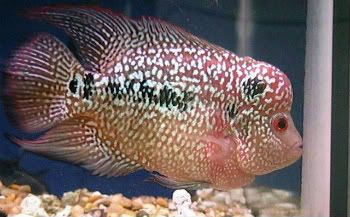

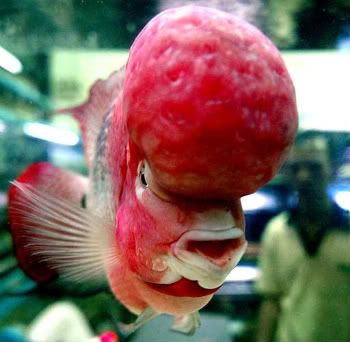

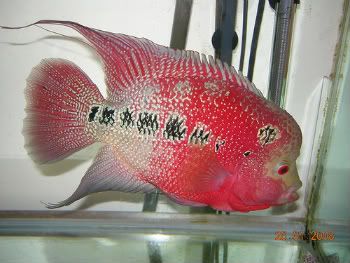
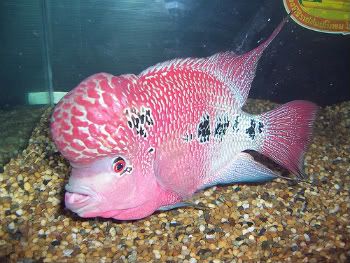
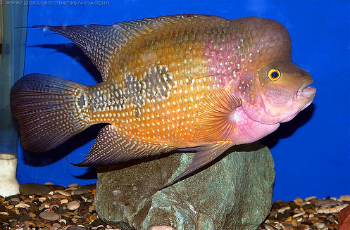
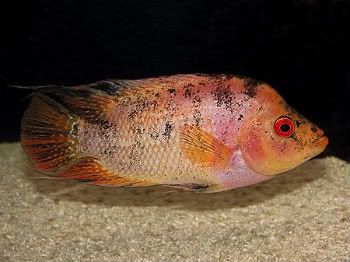
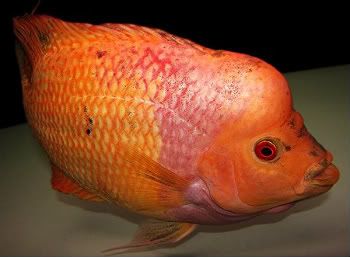
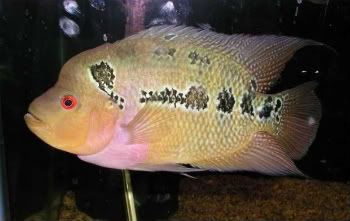


























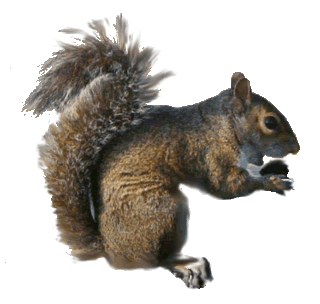









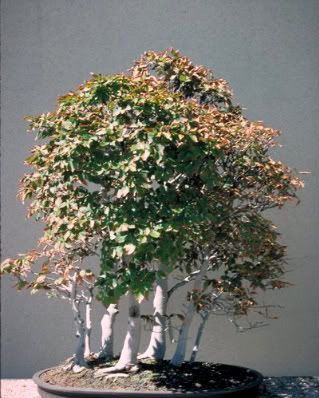

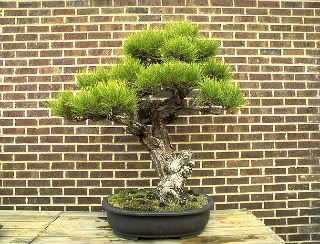

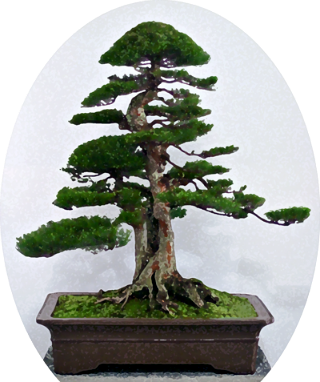
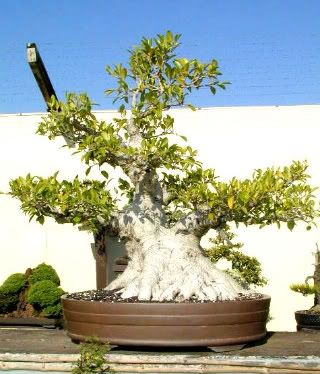



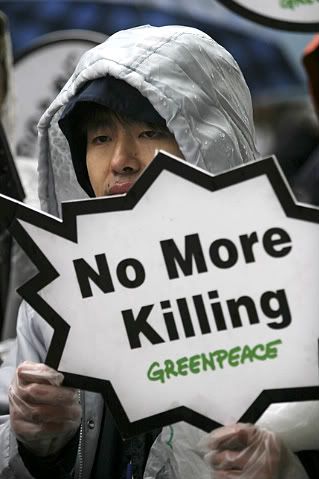


0 komen sini:
Catat Ulasan